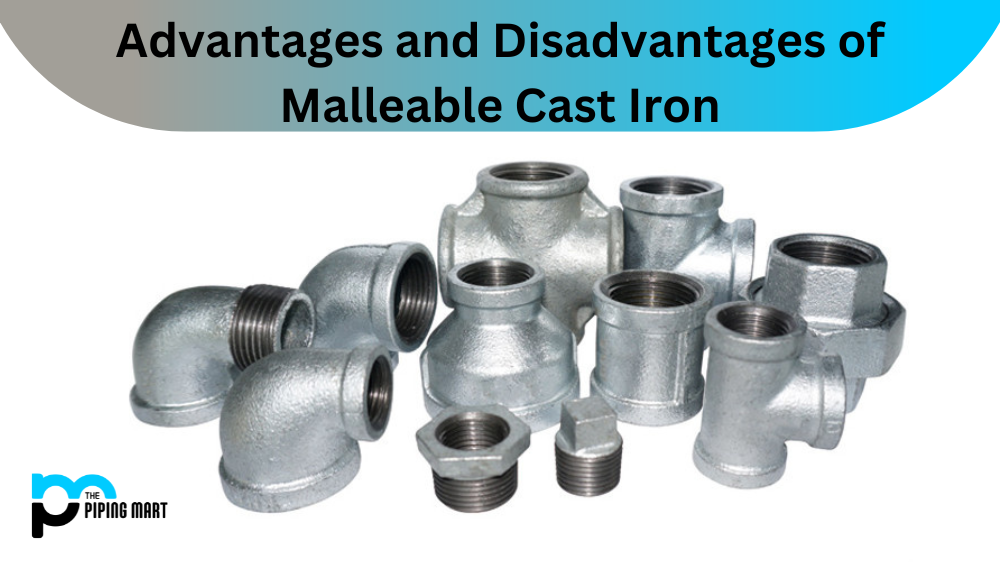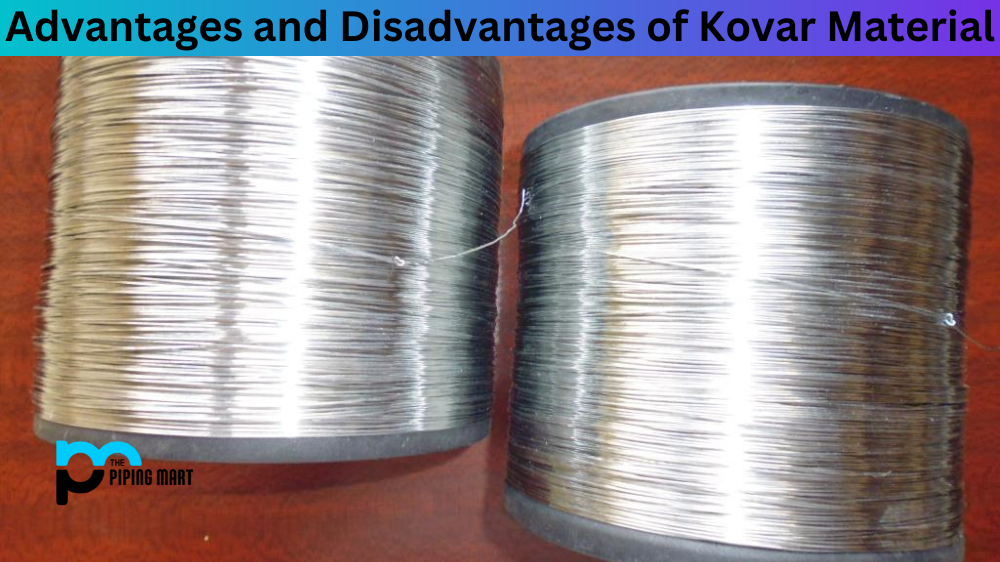When it comes to protecting metal products from corrosion and wear, there are two primary options that businesses have to choose from – zinc plating and powder coating. But what makes them different? And which one is best for your business’s needs? Let’s take a look.
Zinc Plating
Zinc plating, or galvanizing, is a process in which metal objects are coated with zinc oxide to protect them from corrosion and wear. The process involves electroplating a thin layer of zinc onto the metal surface using an electric current. This thin layer of zinc not only protects against corrosion but also offers some level of aesthetic appeal. However, it does not offer as much protection against scratches or other mechanical damage as powder coating does. Additionally, it is unsuitable for outdoor use due to its susceptibility to UV light.
Powder Coating
Powder coating is a process in which a dry powder made from plastic resin particles is applied to the metal surface via electrostatic methods. Once the powder is applied, it is cured under high heat to form a hard protective layer on the metal surface. Compared to zinc plating, powder coating offers superior protection against UV rays and physical damage, such as scratches and chips, due to its thicker protective layer. It also comes in a wide variety of colors and textures, making it more aesthetically pleasing than zinc plating. However, it can be more expensive than zinc plating due to its complicated application process and the specialized equipment required for curing the powder-coated material.
Difference Between Zinc plating and Powder coating
Zinc plating and powder coating are two different processes used to coat metal to protect it from corrosion. Zinc plating is a chemical process that applies a thin layer of zinc to the surface of objects made from steel or iron. Powder coating is an electrostatic process which applies a thin, protective layer of powdered plastic particles that are melted and fused by heat. As compared to zinc plating, powder coating offers several advantages such as improved resistance to rust, better color control and greater durability against wear and tear. However, zinc plating costs less than powder coating, is easier to apply on complex contours and corners, and gives a glossy finish. Therefore, what method is preferred ultimately depends on your budget and specific application requirements.
- Zinc plating is a process in which a thin layer of zinc is applied to a metal surface to protect it from corrosion.
- Powder coating is a process in which a powder made from plastic or resin is applied to a metal surface and cured under heat.
- Zinc plating is typically used on small metal parts that will be exposed to corrosive conditions, such as screws, nuts, and bolts.
- Powder coating is typically used on larger metal parts exposed to weathering or abrasion, such as car parts and outdoor furniture.
- Zinc plating offers good protection against corrosion but is not as durable as powder coating.
- Powder coating offers excellent protection against corrosion and is more durable than zinc plating
Conclusion:
Zinc plating and powder coating offer excellent protection against corrosion and wear that will help extend the lifespan of your metal products. The difference between them lies primarily in their respective levels of protection – while zinc plating offers some level of protection against mechanical damage, it cannot compare with the superior level offered by powder coating – as well as their respective aesthetics and cost-effectiveness factors. Ultimately, when choosing between these two coatings for your business’s needs, you should consider all these factors before making your decision, so you can make an informed choice about which one is best for you.

Abhishek is a seasoned blogger and industry expert, sharing his insights and knowledge on various topics. With his research, Abhishek offers valuable insights and tips for professionals and enthusiasts. Follow him for expert advice on the latest trends and developments in the metal industry.




